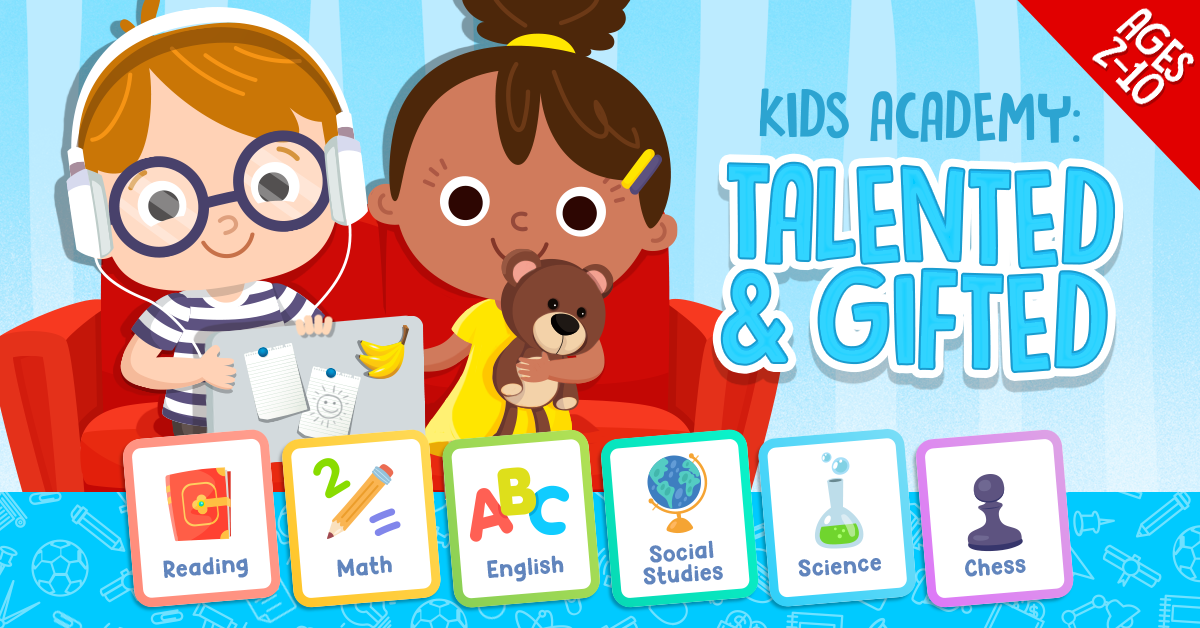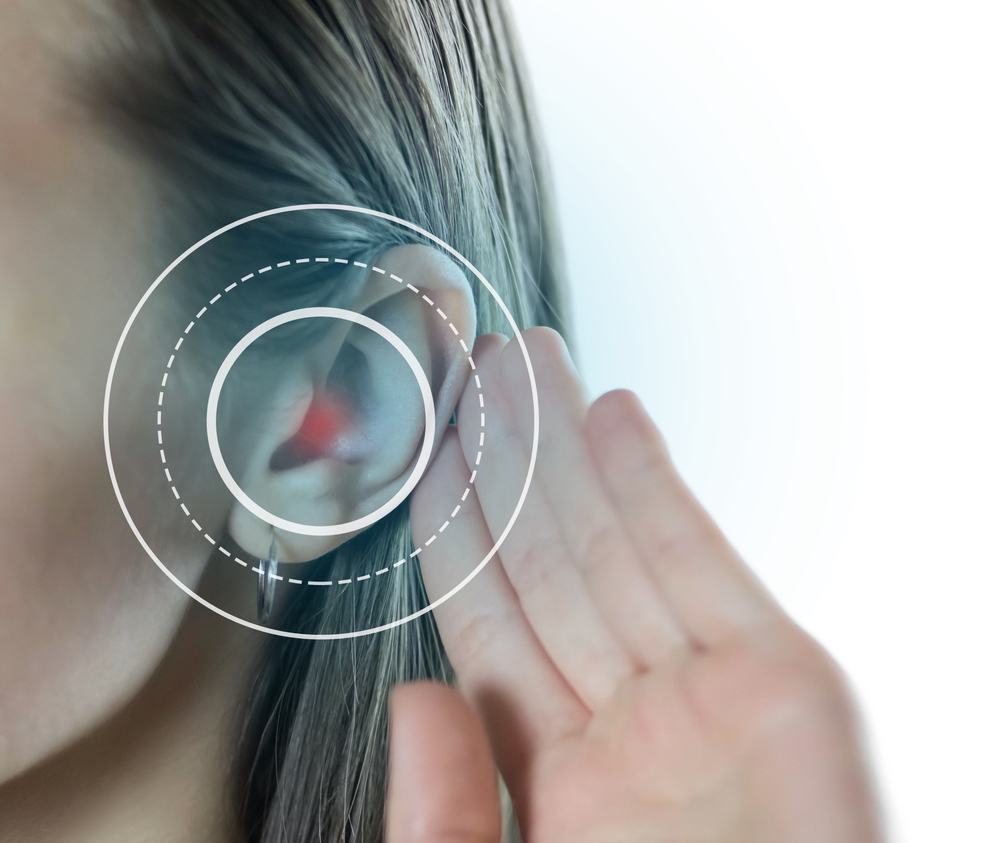Identifying differences Worksheets for Ages 3-9
3 filtered results
-
From - To
Welcome to our "Identifying Differences Worksheets for Ages 3-9" page, where learning and fun go hand in hand! Our engaging worksheets are designed to help young children develop critical observation and analytical skills by spotting differences between similar images. Tailored for ages 3 to 9, these activities encourage cognitive development, fine motor skills, and patience while keeping kids entertained. With vibrant illustrations and age-appropriate challenges, each worksheet fosters creativity and enhances visual perception. Perfect for home or classroom use, our worksheets are a fantastic tool for educators and parents alike. Discover the joy of learning through observation today!
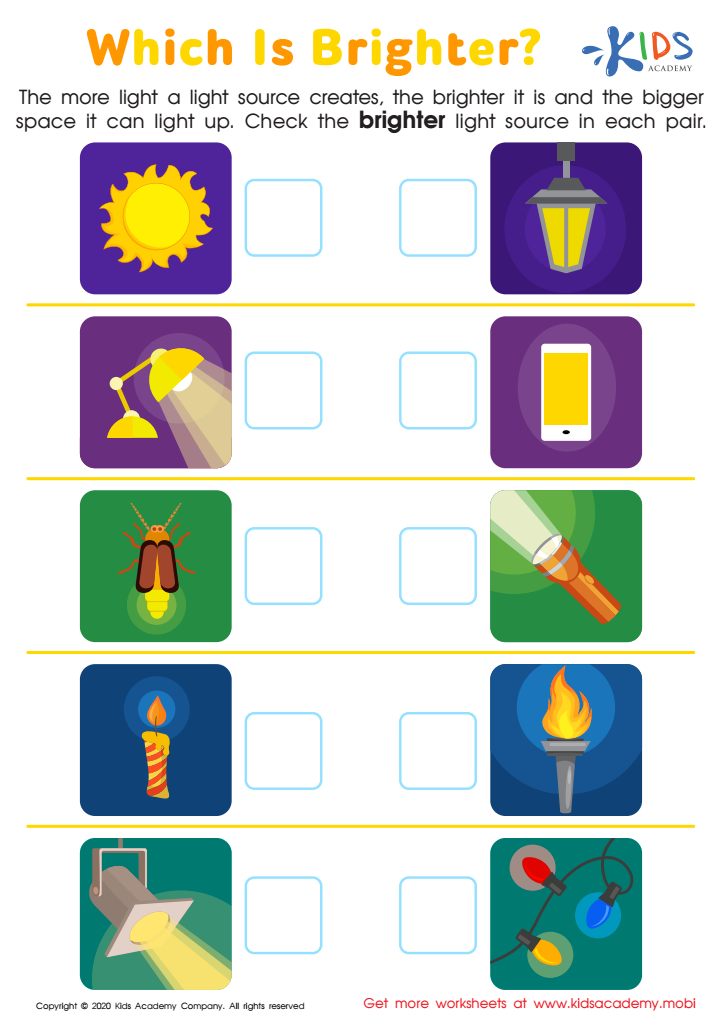

Which Is Brighter? Worksheet
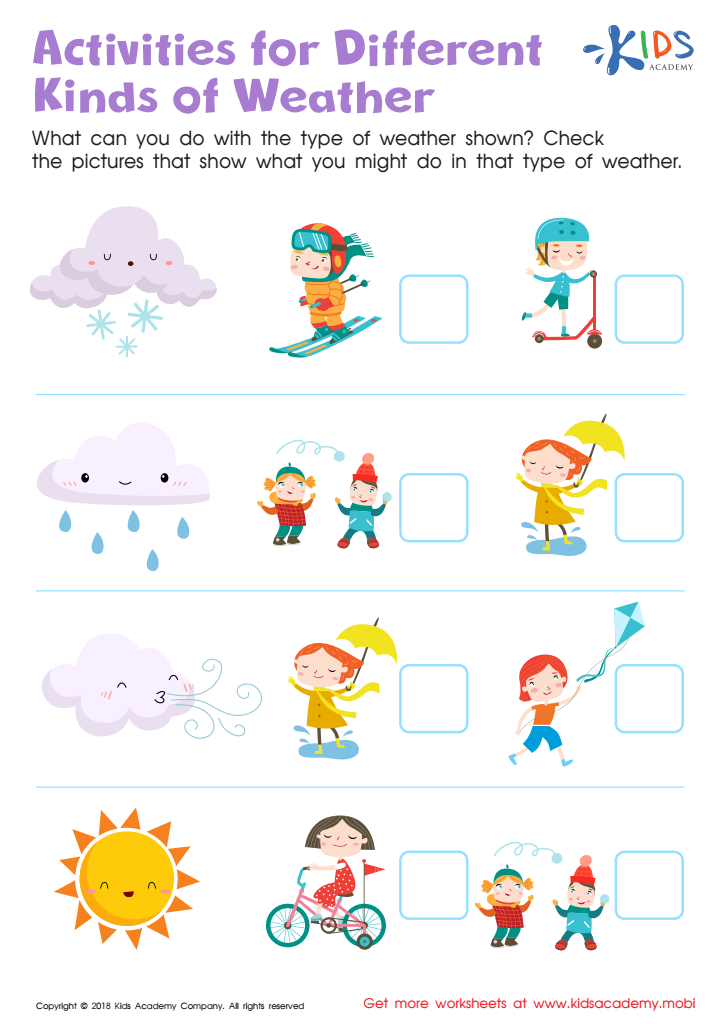

Activities for Different Kinds of Weather Worksheet
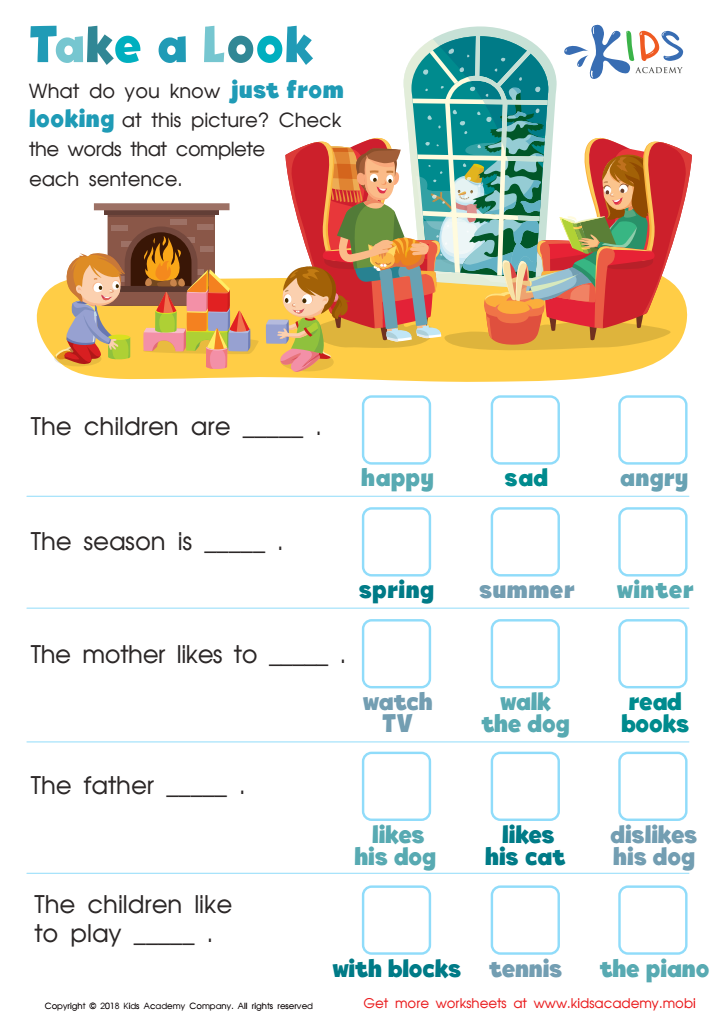

Take a Look - Part 1 Worksheet
Identifying differences in children aged 3-9 is crucial for several reasons, making it essential for both parents and teachers to be attentive. At this stage of development, children are forming their cognitive, emotional, and social skills. Recognizing individual differences—whether in learning styles, interests, or developmental rates—allows for tailored educational approaches, promoting a more effective learning environment.
For instance, some children may learn better through hands-on activities, while others may thrive with verbal instructions. By identifying these differences, parents and teachers can create personalized strategies that cater to each child’s strengths. This not only fosters academic growth but also boosts self-esteem, leading to a more positive outlook on learning.
Moreover, acknowledging differences helps in recognizing delays or difficulties early on, allowing for timely interventions or support. This proactive approach can mitigate future challenges in education and social integration.
Ultimately, by caring about identifying differences, parents and teachers nurture a more inclusive and supportive environment that respects each child's unique journey, promoting not only academic success but also holistic development and well-being. Every child deserves the opportunity to shine in their own right, and recognizing individual differences is the first step in helping them do so.
 Assign to My Students
Assign to My Students






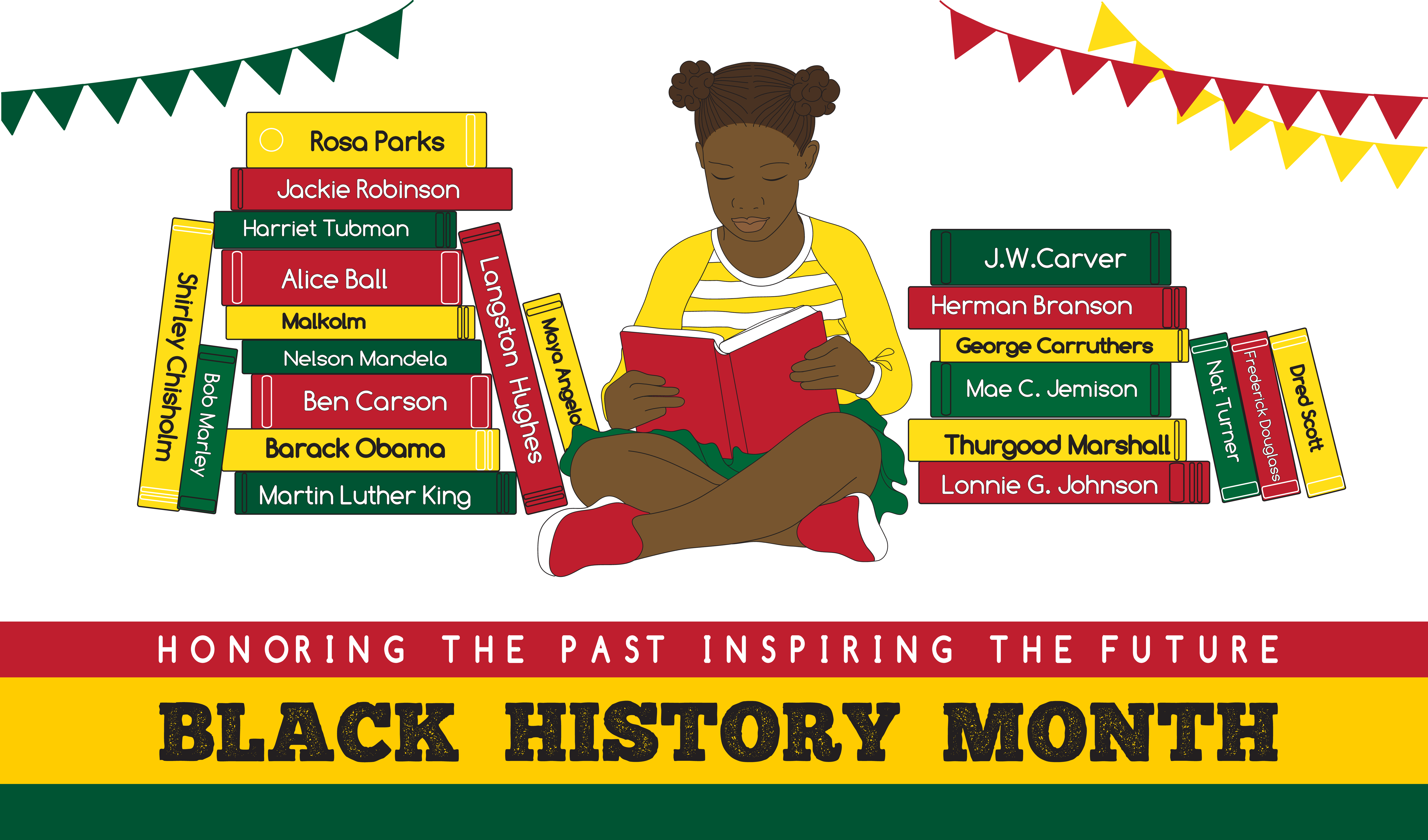
.jpg)
